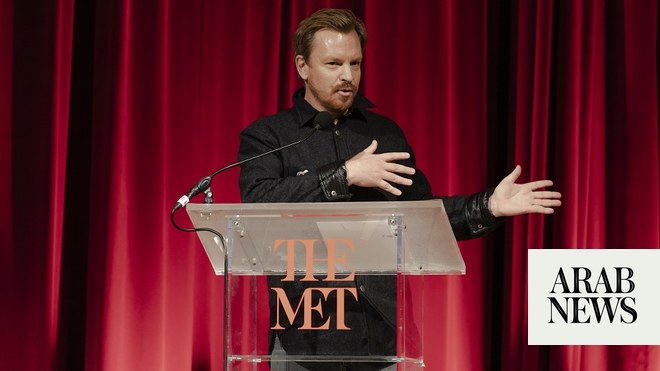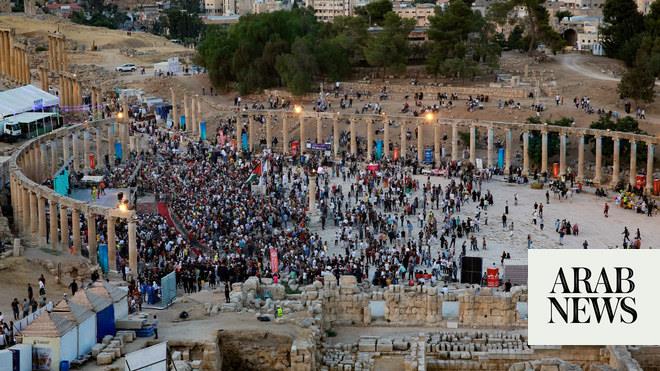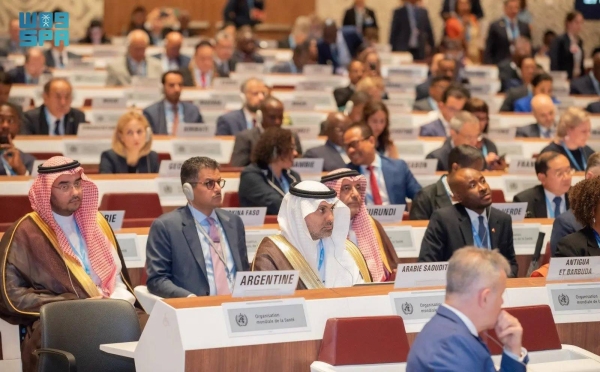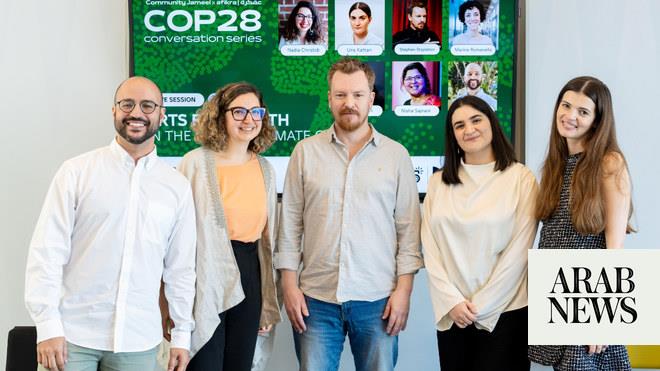
DUBAI: The Jameel Arts & Health Lab was launched in New York on Monday, Feb. 27 as a result of agreements between the World Health Organization, the Steinhardt School at New York University, Community Jameel and Culturunners. Its aim, according to a press release, is to “coordinate and amplify scientific research into the effectiveness of the arts in improving health and wellbeing.” It is the first major arts and health initiative in the WHO’s history.
For the latest updates, follow us on Instagram @arabnews.lifestyle
Fady Jameel, vice chairman of Community Jameel, said in the press release: “The pivotal role of the arts in health and care continues to be highlighted through an ever-expanding body of research. We hope to … advance the integration of the arts into mainstream care.”
The lab’s first projects include examinations of the effect music can have on mothers suffering from post-natal depression, the effectiveness of the arts in dementia care, “the potential of cultural archives in promoting post-conflict mental health recovery,” as well as coordinated international research into the how the arts can be of benefit in hospitals and care communities.
Some of these projects will build on existing work by Jameel Arts Center and partners. The lab will assess the impact made by the Yazidi Cultural Archives, for example — a project that was launched last year on the United Nations’ Google Arts and Culture platform, which was created by Yazidi women who survived the genocide by Da’esh in Northern Iraq in 2014.
Speaking to Arab News last year, one of the women who participated in that project, Malaeen Luqman Khalaf, who painted scenes from her time in captivity — Da’esh kidnapped and enslaved thousands of Yazidi women — and afterwards, said: “It helped me to not lose hope, to get up and to work on our culture.”
Culturunners founder Stephen Stapleton, and one of the lab’s directors, told Arab News: “On my own journey as an artist and curator working in the Middle East in the aftermath of 9/11, I have witnessed the healing power of art, especially as a bridge between communities and across psychological and ideological borders.
“The artists of this region are both an antenna to societal ill health and a source of healing for people suffering as a result of the conflict and uncertainty that has defined a generation,” he continued. “Through the lab, we can now try and measure the impact of these healing arts in order to scale their positive influence on our physical, mental, and social health and wellbeing.”











